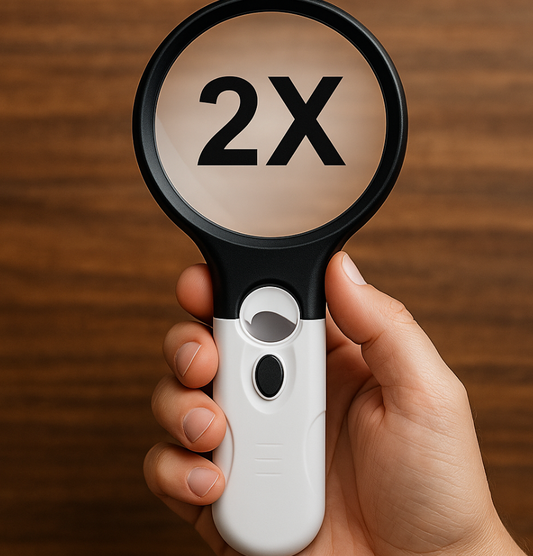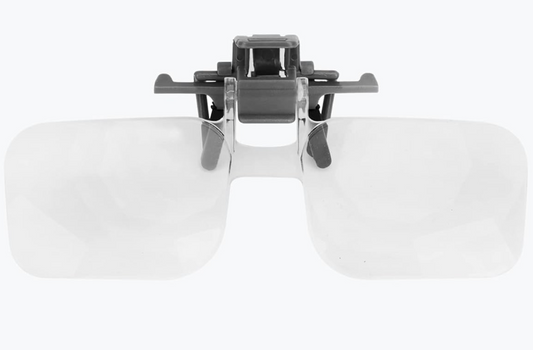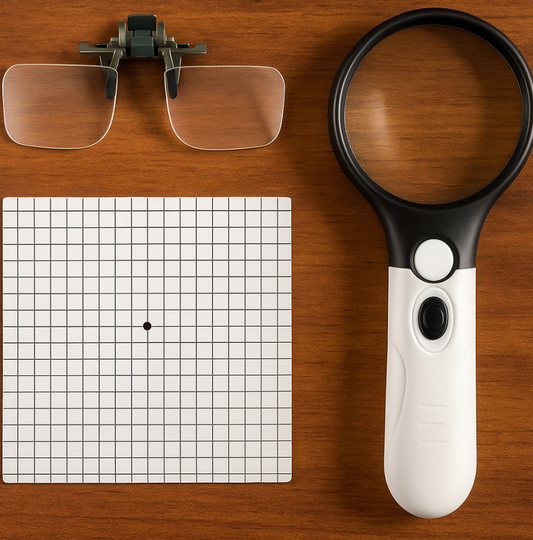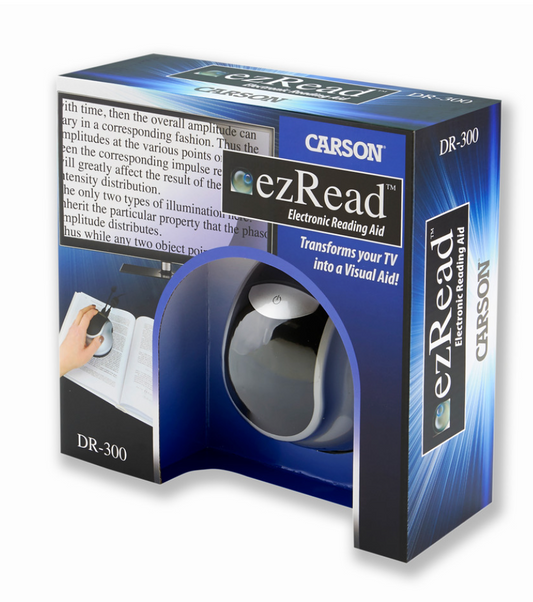Which is better? 1 or 2 - Understanding the Visual Acuity Chart
Share
Vision Levels Explained
Vision is measured using a "Snellen" chart, which represents how clearly you see at different distances compared to a person with standard vision.
-
20/20 Vision: Normal vision. You can see at 20 feet what a person with typical vision can also see at 20 feet. It’s often used as a baseline for “normal” vision.
-
20/40 Vision: You can see at 20 feet what a person with 20/20 vision can see from 40 feet away. This indicates mild visual impairment. For example, you may struggle with distant road signs or recognizing faces from afar. If your impairment is caused by cataracts, this is typically the level where your optometrist may refer you for surgery.
-
20/100 Vision: You can see at 20 feet what a person with standard vision sees at 100 feet. This level of vision often makes it challenging to navigate independently, as objects further away are blurred significantly.
-
20/200 Vision: This is considered legally blind in many regions. You can see at 20 feet what a person with 20/20 vision can see from 200 feet away. Daily tasks may require visual aids or assistance.
-
20/400 Vision: Severe vision loss. You can see at 20 feet what a person with normal vision can see at 400 feet away. This level often requires high-powered magnification or other significant visual aids to assist with basic tasks.



